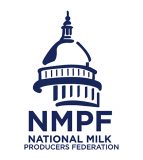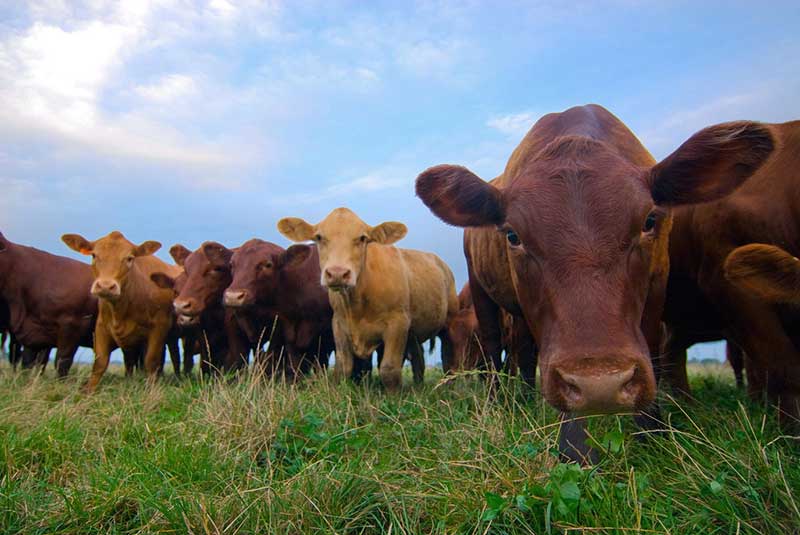Jim Mulhern, president and CEO of the National Milk Producers Federation (NMPF) in Arlington, Virginia, in late May urged President Donald Trump to not institute new tariffs against Mexico, citing additional harm to American dairy farmers. NMPF estimates that producers had lost at least $2.3 billion in revenues through March due to higher tariffs against U.S. dairy, which has lowered milk prices for all producers.
Mulhern said in a statement: “Senator Chuck Grassley is right: Border security issues are border security issues, and trade issues are trade issues. New tariffs against Mexico are unlikely to secure the border, but judging from reaction on Capitol Hill, they may very well jeopardize the chances of passing the USMCA [United States-Mexico-Canada Agreement], a key White House priority and one that’s crucial for future agricultural prosperity.
“For dairy farmers, renewed turmoil with Mexico also threatens gains made earlier this month, when Mexico dropped retaliatory tariffs against U.S. cheese. Re-escalating trade tensions only harms farmers further, just when they were seeing glimmers of hope,” Mulhern said.
NMPF develops and carries out policies that advance dairy producers and the cooperatives they own. NMPF’s member cooperatives produce the majority of U.S. milk.
Facts about U.S. dairy
 In honor of World Milk Day on June 1, NMPF shared some key facts about U.S. dairy.
In honor of World Milk Day on June 1, NMPF shared some key facts about U.S. dairy.
The state of the industry
• Total domestic consumption of milk has risen four of the past five years and reached a record in 2018.
• While per-capita milk U.S. consumption has declined, consumption of non-fluid dairy products such as cheese have increased, with butter last year at its highest per-capita consumption in more than 50 years.
• U.S. dairy export volumes reached a record in 2018, increasing 9 percent over the prior year despite stiff trade winds. The value of U.S. exports was $5.59 billion, 2 percent more than the prior year, despite trade disturbances that to date have cost farmers at least $2.3 billion in revenues.
Sustainability and animal welfare
• The U.S. dairy industry contributes approximately 2 percent of total U.S. greenhouse gas emissions—the lowest average GHG intensity of milk production worldwide.
• Fruits and vegetables, grains, and dairy are roughly equal in greenhouse-gas emissions.
• Through the leadership of NMPF’s National Dairy Farmers Assuring Responsible Management (FARM) Program, which includes 98 percent of the U.S. milk supply, U.S. dairy producers are the first livestock animal care program in the world to be recognized for its animal welfare standards. FARM gained that recognition last year from the International Organization for Standardization, founded by the UN.
Consumer choice
• Milk is consumers’ dominant choice compared compared to plant-based competitors. In a typical week, U.S. consumers buy more than 65 million gallons of milk, compared to about 6 million gallons of plant-based beverages. Milk also costs about 40 percent less, according to consumer sales and pricing data.
• Milk is a key source of nine essential nutrients crucial to a healthy diet.
And, finally…
• Milk is the product of a lactating animal, per the U.S. Food and Drug Administration’s unenforced rules.
“As World Milk Day is celebrated globally, remember some key facts,” Mulhern said. “Dairy has faced economic hardships these past few years, but hard-working producers stand strong behind a high-quality product. Thank a dairy farmer on World Milk Day, for feeding America and the world.”

